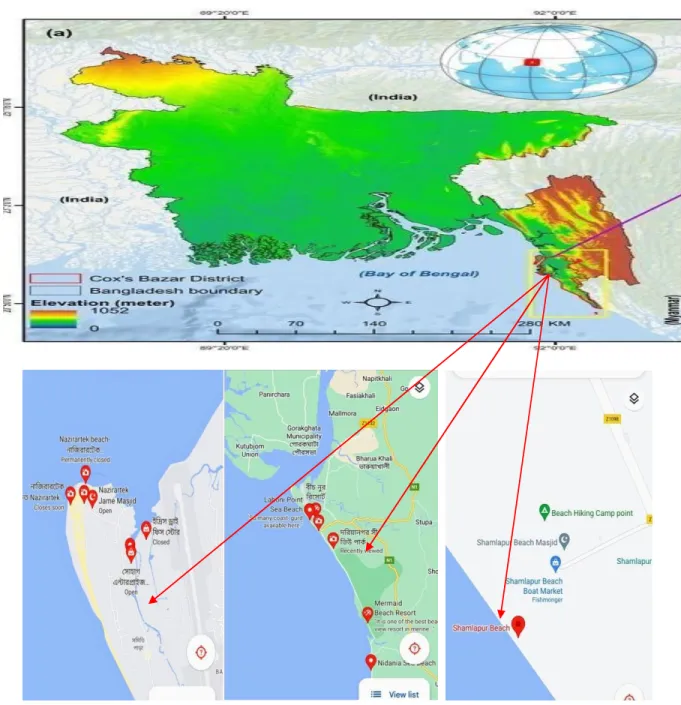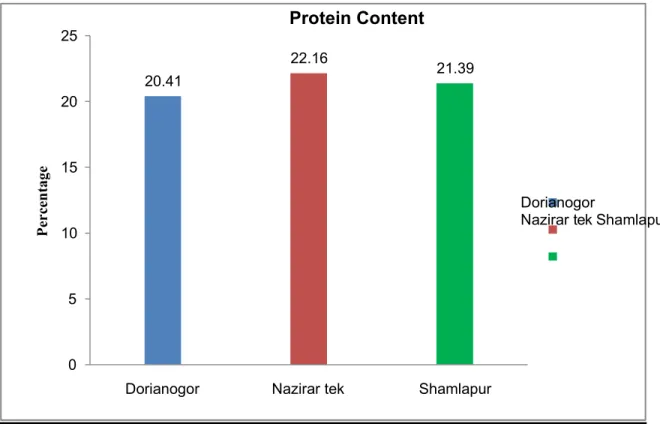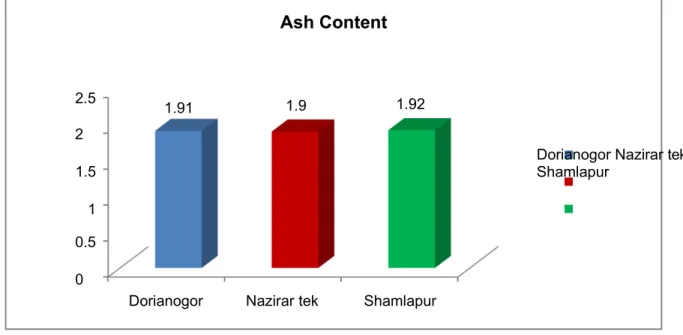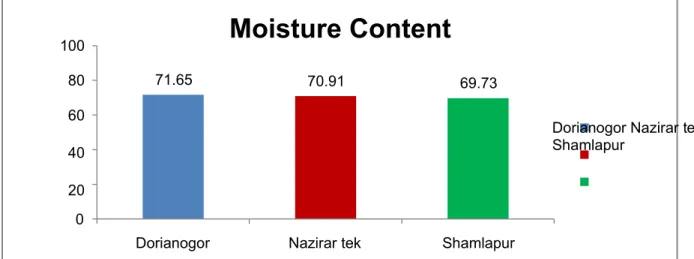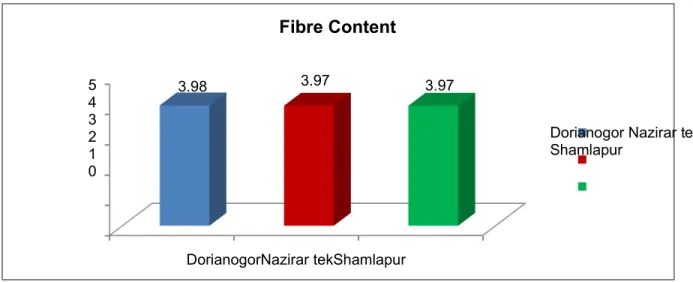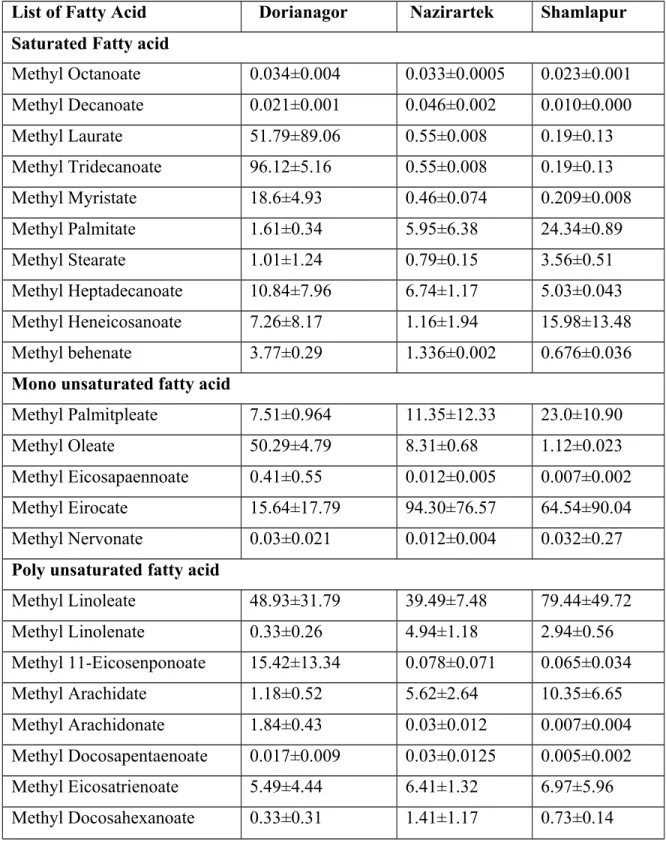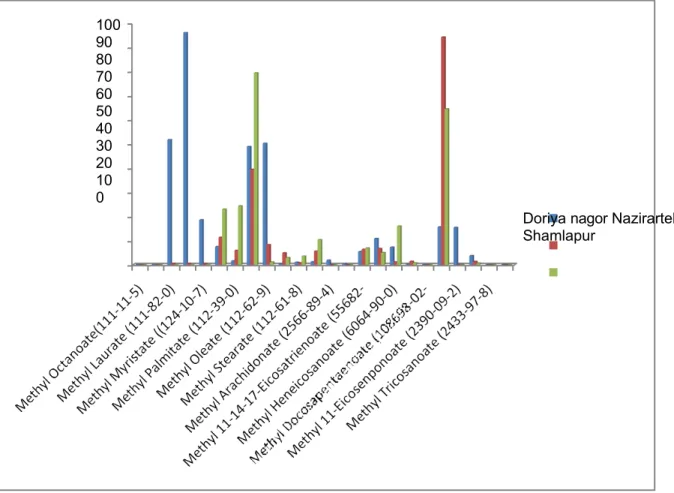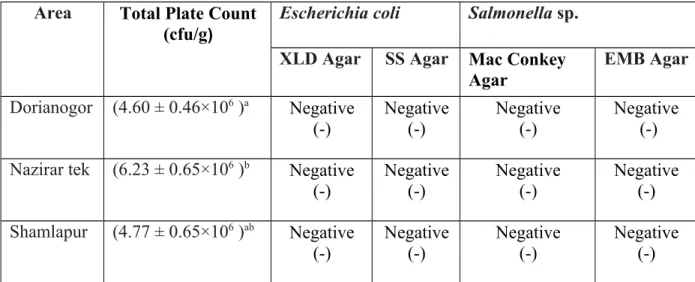In particular, following the recent 2012 International Tribunal for the Law of the Sea (ITLOS) ruling on the Bangladesh-Myanmar maritime boundary and the 2014 UNCLOS Court of Arbitration ruling on the India-Bangladesh maritime boundary, more than 118,813 sq.m. people have Sovereignty - established territorial waters and exclusive economic zones (EEZ) of 200 nautical miles (NM) and all kinds of living and non-living resources under the continental shelf from the coast of Chittagong to 354 nautical miles (Ministry of Foreign Affairs, 2014). In Bangladeshi waters, fish stocks are extracted at the following three levels: (1) Up to a depth of 40 m from the coast where normal fishing vessels operate; (2) Water depths from 40 m to 200 m in which medium water trawlers operate; (3) from 200 m depth to the edge of the EEZ where longliners operate (Islam et. al., 2017). Along with shrimp (Murshed-E- Jahan et. al., 2014), lobster is one of the most attractive and expensive crustaceans on the national and international market.
It is well known that the biochemical composition of edible tissues of marine invertebrates is influenced by their diet, age, sex, season and other ecological factors (Oliveira, et. al., 2007; Srilatha, et. al., 2013). . According to research, EPA (eicosapentaenoic acid) and DHA (docosahexaenoic acid), the two most beneficial omega-3 fatty acids, have many positive effects on human health. Seasons can also play an important role in determining the species composition of lobsters in an area.
The cephalothorax of the langoustine has the highest fat content, namely 11.5% in summer (Albalat, et. al., 2016). The lobster is one of the best sources of n-3 essential fatty acids due to its high fatty acid content.
Microorganisms Present in Lobster
The lobster may be useful in providing modern diets with n-3 fatty acids as most modern diets are deficient in them. Pseudomonas aeruginosa was the predominant bacterial species in the echinoderm gut, followed by Vibrio parahaemolyticus, Bacillus circulans, Escherichia coli, Photobacterium damselae, Flavobacterium columnar and Micrococcus luteus (Bourne, et. al., 20 al., Daniels. , 2010).
Chapter-3: Materials and Methods
- Collection of lobster
- Biochemical Analysis
- Protein determination
- Moisture determination
- Ash determination
- Fibre determination
- Fatty acid Analysis
- Media preparation
- Serial dilution and sample inoculation
- Determination of Escherichia coli (E. coli)
- By using Mac-conkey agar Media preparation
- By using EMB (Eosin methylene blue) agar
- By using XLD (Xylose-lysine-deoxycholate) agar Media preparation
- By using SS (Salmonella Shigella) agar media
- Statistical Analysis
The sample was ground into small pieces and the empty crucibles were sterilized in a hot air oven. Then 3 g of sample was placed in the crucible and placed in the chamber of the hot air oven for 12 hours (overnight) at 105oC. Here determination of ash is made from the muffle furnace (Model: LHMF 100A, LABNICS Equipment). The sample was ground into small pieces and the empty crucibles were sterilized in a hot air oven.
Here the weights of empty crucibles were measured and 1 g of sample was taken into the crucible designated Fo. The sample was then washed three times in the condenser chamber with 25 ml of acetone and once with 30 ml of plain distilled water. The sample was heated to 105°C in a hot air oven for 1 hour and the crucibles were then cooled in desiccators.
The sample was then weighed as F1 and heated at 550 °C in a muffle furnace for three hours. From these dilution tubes, the sample was inoculated onto a prepared agar plate and the sample dispersed using an inoculation loop.
Chapter-4: Results
- Biochemical composition of mud spiny lobster
- Proximate Composition
- Protein determination
- Lipid determination
- Moisture Determination
- Fibre Determination
- Proximate composition comparison
- Microbiological Assessment of Lobster
The amount of lipid in lobsters from Dorianogor, Nazirar tek and Shamlapur is shown in Table 2. Here, Dorianogor lobsters have the highest lipid content (2.81%), while Nazirar tek has the least amount of lipid (2.66%). The results show a higher moisture content in all three areas than other parameters, ranging from 69.73% to 71.65.
The highest amount of humidity is found in Dorianogor, followed by Nazirar and the least amount is observed in Shamlapur. The fiber content is observed the highest amount (3.98%) in Dorianogor followed by Nazirar tek and Shamlapur which represents the same amount (3.97%) and the values are significantly different here which are the result of ANOVA test in a direction. The approximate composition of lobsters collected in three different areas has been evaluated and tabulated and their graphic representation is shown in Figure 8.
From the current investigation, it is clear that lobster muscle tissue contains a large amount of nutrients such as moisture, protein, fat, ash and fiber. From Table 6, the protein content was found to range from 20.41% to 22.16% in lobsters from three different stations. It was observed that the ash content in all is very low and is almost 1.90% in all the three areas.
In fatty acid GCMS analysis, methyl tridecanoate is found highest (96.12%) in Dorianogor, while lobsters of Nazirar tek and Shamlapur have least 0.55% in amount. The microbiological quality assessment of lobsters from three different locations namely Dorianogor, Nazirar tek and Shamlapur was based on Total Plate Count (TPC) of bacteria and determination of the presence of Escherichia coli and Salmonella sp. This analysis was conducted to determine the microbiological quality of lobsters and the results are shown in Table 10.
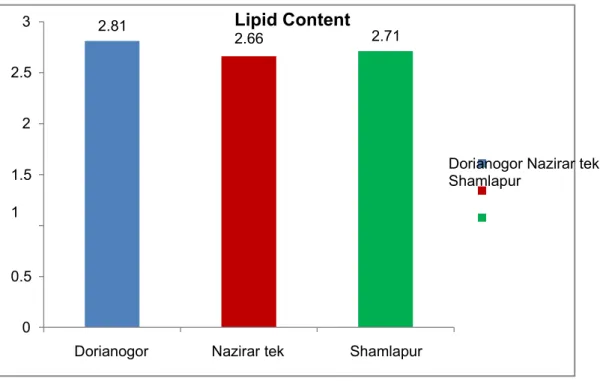
Chapter-5: Discussion
Proximate Composition Analysis of Lobster
- Fatty Acid Composition Analysis
- Microbial Quality of Lobsters
In the current study, the amount of lipid percentage of three different areas, namely Dorianogor, Nazirar tek and Shamlapur, which is and 2.71% respectively. The percentage of moisture in the composition of the fish is a good indicator of the relative energy, fat and protein content (Abemourad and Pourshafi, 2010; Barua, et. al., 2012). A reliable measure of the proportional amounts of calories, protein and fat is the amount of moisture in the composition of the lobster.
Strong enzymatic reactions can occur when a high moisture content is present in the environment. The proportion of moisture in lobster varies widely between 65 - 90%, although it is usually in the range of 70-75% reported by Barua et. The result indicates that mud lobsters from three different areas such as Dorianogor, Nazirar tek and Shamlapur contain about and 1.92% ash content respectively in the nearby composition.
The values obtained for ash content in this study are similar to the observation made by Kommuri, et.al, 2022, who recorded 1.59% ash content for crayfish (Panulirus polyphagus). Variation in crayfish body ash content may be related to their nutritional status and food supply in their specific feeding environment. The main component of dietary fiber are sugars, which are mainly monosaccharides and disaccharides, and starch, which are polysaccharides, which are converted into glucose in the small intestine and provide the body with energy (3.75 kcal (16 kj)/g) .
Carnivores should not consume more than 4% of the recommended daily intake of fiber because they cannot efficiently digest it. From all the analyzed parameters, in the lobster samples from three different locations, moisture has the highest concentration followed by protein, fibre, fat and ash respectively. Nazirar tek has the highest amount of monounsaturated fatty acid (methyl eirocate) which is 94.30% in amount followed by Shamlapur (64.54%) and lowest (15.64%) at Dorianogor.
Fatty acids, which naturally occur in the lipids of fish and crustaceans, are the main byproducts of the fatty acid synthetase system (Limam and Sadok, 2014). Unhygienic handling, inappropriate storage, physical damage and contact with impure water are some of the main reasons for the low quality of lobsters in the retail sector. As expected, larger loads were identified in the guts and gills, the most likely sources of contamination, although the total viable counts in the lobster muscle samples were extremely low, almost always falling below the level of 6 Log CFU/g (Erica Tirloni, et. al ., 2016).
Chapter-6: Conclusion
Chapter-7: Recommendations and Future Perspectives
The effect of dietary shellfish on plasma lipid levels in humans [Crab, lobster, shrimp, mussels, oysters, scallops]. Diet of the spiny lobster Palinurus elephas (Decapoda: Palinuridea) from the Columbretes Islands marine reserve (northwestern Mediterranean Sea). Influence of pond fertilization with broiler manure on the growth performance and meat quality of large carp.
Effect of fish oil encapsulate incorporation on the physicochemical and sensory properties of cookies. New data on the biology and fisheries of the endangered Palinurus elephas (Fabricius, 1787)(Decapoda, achelata, Palinuridae) from the northwestern Aegean Sea, Greece. Bioavailability of fatty acids from krill oil, krill meal and fish oil in healthy subjects - a randomized, single-dose, cross-over trial.
Effects of season and site of capture on the biochemical composition of muscle and by-products of Penaeus kerathurus and Metapenaeus monoceros from Tunisian coasts. Comparative study of the proximate composition of shrimp, lobster and puffer fish from Pamban, Rameswram Island, south-east coast of India. Seasonal variation in the biochemical composition of Mytilus viridis at Ratnagiri on the west coast of India.
Preliminary studies into the effect of processing methods on the quality of three commonly used marine fish in Nigeria.' Biochemistri. Preliminary studies on the effect of processing methods on the quality of three commonly used marine fish in Nigeria.‖. Dand Sarker and Sarker, 2012, Proximity biochemical composition of some commercial marine fish from the Bay of Bengal, Bangladesh, Mesopot Journal of marine science, 27, 59-66.
Biochemical composition of deep-sea decapod crustaceans with two different benthic life strategies along the Portuguese south coast. Effect of supplementation with polyunsaturated fatty acids and micronutrients on learning and behavioral problems associated with child ADHD. Effect of diets on the biochemical changes of fattened commercially important crab Portuns sanguinolentus (Herbst).
Effect of unilateral eye ablation on the biochemical composition of commercially important juveniles of Macrobrachium malcolmsonii (H. Milne Edwards). Studies on the biochemistry and processing of edible flesh of muricidal gastropods Chicoreus virgineus (Roding, 1798) and Rapana rapiformis (Born, 1778).
Appendices
Similar superscript represents no significant difference (P>0.05) between means, while different superscript represents significant difference (P<0.05) between means. Similar superscript represents no significant difference (P>0.05) between means, while different superscript represents significant difference (P<0.05) between means. Similar superscript represents no significant difference (P>0.05) between means, while different superscript represents significant difference (P<0.05) between means.

Brief Biography of the Student
